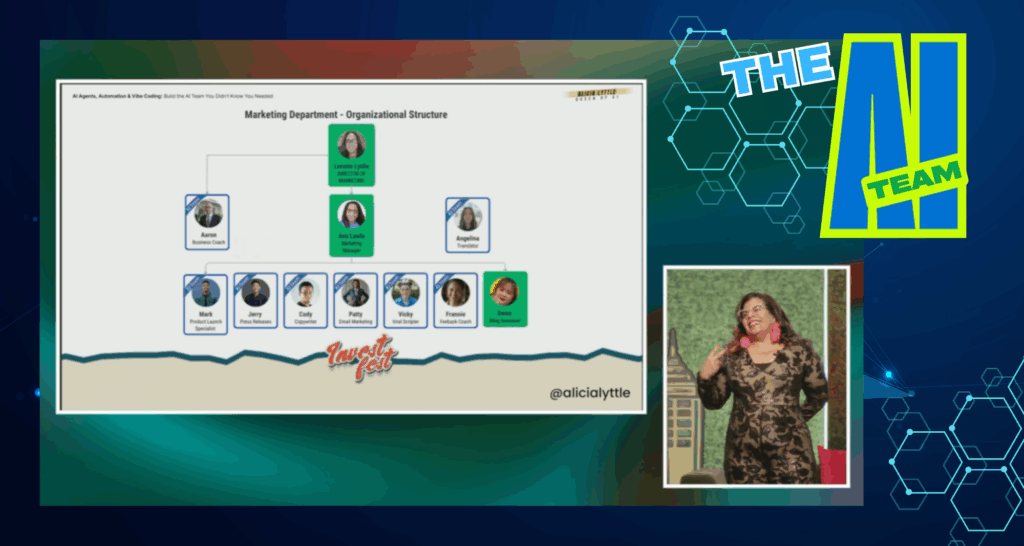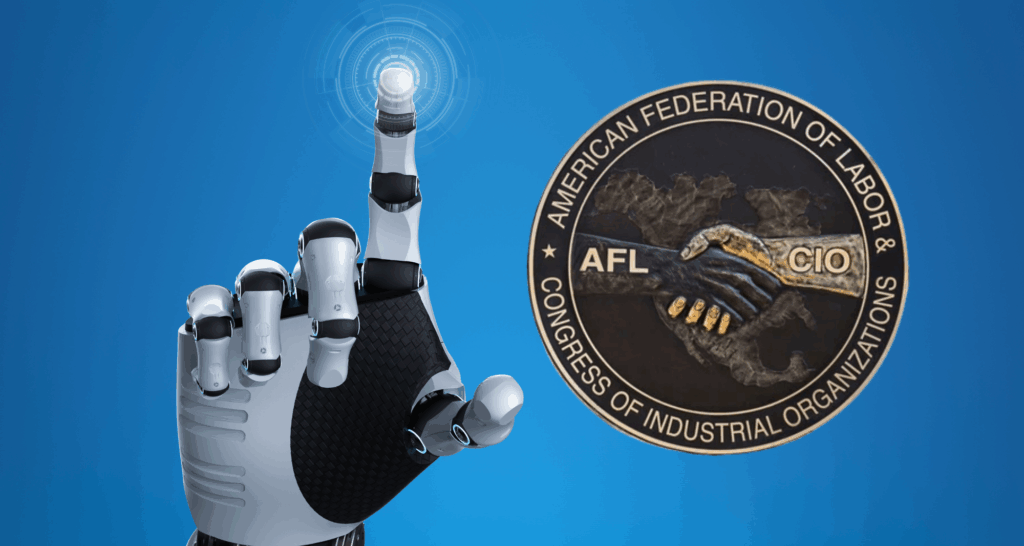AI Is Closing Business Gaps—Here’s the Framework High-Performing Teams Are Using to Catch Up
There’s a growing divide in today’s business world.
Some companies are moving fast, making smart decisions, and scaling efficiently. Others? Stuck with clunky systems, reactive teams, and slow responses to change.
It’s not about budget or headcount. The difference often comes down to this: who’s using AI to close their business gaps—and who isn’t.
If your operations feel like they’re always a few steps behind, chances are you’re not facing one problem. You’re dealing with several silent business gaps that are slowing you down.
Here’s a practical framework to help you spot them—and how AI helps eliminate the friction that’s holding you back.
What Is a Business Gap—and Why It’s More Dangerous Than It Looks
A business gap is any breakdown between what your team wants to do and what your systems allow them to do.
It’s the space between:
- The market’s demand and your speed to respond
- The intelligence locked in your data and your team’s ability to use it
- Customer expectations and the actual experience they receive
Most of these gaps aren’t obvious. They look like minor delays, scattered communication, or “the way things have always been done.”
But in competitive markets, small gaps compound into lost revenue, lost customers, and missed opportunities.
The 3 Business Gaps AI Can Eliminate (and How to Spot Them)
To help clients diagnose where they’re falling behind, we often use this simple framework:
Most performance slowdowns fall into one (or more) of these three business gaps:
1. The Awareness Gap: You’re Seeing the Problem Too Late
Ever make a strategic decision based on last month’s data? That’s a red flag.
This business gap shows up when teams are forced to wait on reports, jump between disconnected tools, or rely on gut instinct instead of live insight.
How AI helps close this gap:
- Connects data across platforms
- Surfaces real-time trends
- Predicts customer behavior or performance dips before they happen
Quick example:
A regional sales team used AI to track deal engagement. When activity dropped, the system flagged at-risk accounts—allowing reps to re-engage before the pipeline dried up.
2. The Execution Gap: You Know What to Do—But You Can’t Do It Fast Enough
This business gap is common in growing companies. The plan is solid. The people are ready. But outdated systems and manual processes slow everything down.
Signs you’re dealing with an execution gap:
- You rely on emails and spreadsheets for mission-critical workflows
- Important tasks fall through the cracks
- Teams spend more time coordinating than executing
How AI steps in:
- Automates repetitive steps (like invoice processing or onboarding tasks)
- Assigns, tracks, and optimizes workflows automatically
- Helps teams stay focused on outcomes—not admin
Quick example:
An HR department cut their onboarding time in half by using AI to generate contracts, schedule trainings, and auto-notify managers—without needing manual follow-ups.
3. The Adaptation Gap: You’re Adjusting After It’s Too Late
Market conditions shift fast. So do customer expectations. If your business changes direction only after things start to slip, that’s an adaptation gap.
This gap is hard to notice—until it’s obvious. Sales plateau. Churn increases. A product flops. Your team scrambles to react.
How AI prevents it:
- Analyzes real-time customer feedback and sentiment
- Detects product usage trends and engagement drops
- Flags risks before they show up in performance reviews
Quick example:
A SaaS company used AI to track feature usage. When enterprise users stopped engaging with a new tool, the product team revised onboarding instantly—before support tickets flooded in.
Why These Business Gaps Keep Getting Overlooked

Here’s the problem: most leaders are busy solving the issues they can see—slow turnarounds, missed goals, customer complaints. But they’re not always addressing the system-level friction causing it all.
That’s where AI becomes a game-changer. It sees what you can’t. It runs quietly in the background, spotting breakdowns, fixing bottlenecks, and nudging the business back into flow.
AI doesn’t replace people. It helps them move past the gaps and focus on impact.
From Business Gap to Breakthrough: Where to Start
You don’t need to “AI your whole business” overnight.
The best place to start is with one high-friction area—something that slows your team down or affects your customer experience.
Ask:
- Where are we still doing things manually?
- What decisions do we keep delaying?
- When are we reacting instead of anticipating?
Chances are, those questions lead you directly to a business gap that AI is built to solve.
Let’s Talk About the Gaps You’re Ready to Close
At AI InnoVision, we help businesses turn AI from an abstract concept into a real operational advantage.
Whether you’re trying to fix inconsistent execution, bring your data together, or respond to your market faster—we help you build the right AI systems to close those gaps for good.
If your team is working harder than ever—but still struggling to stay ahead—let’s find out what’s getting in the way.
Schedule your AI consultation with AI InnoVision.
We’ll help you identify your most costly business gaps—and show you exactly how to close them.




